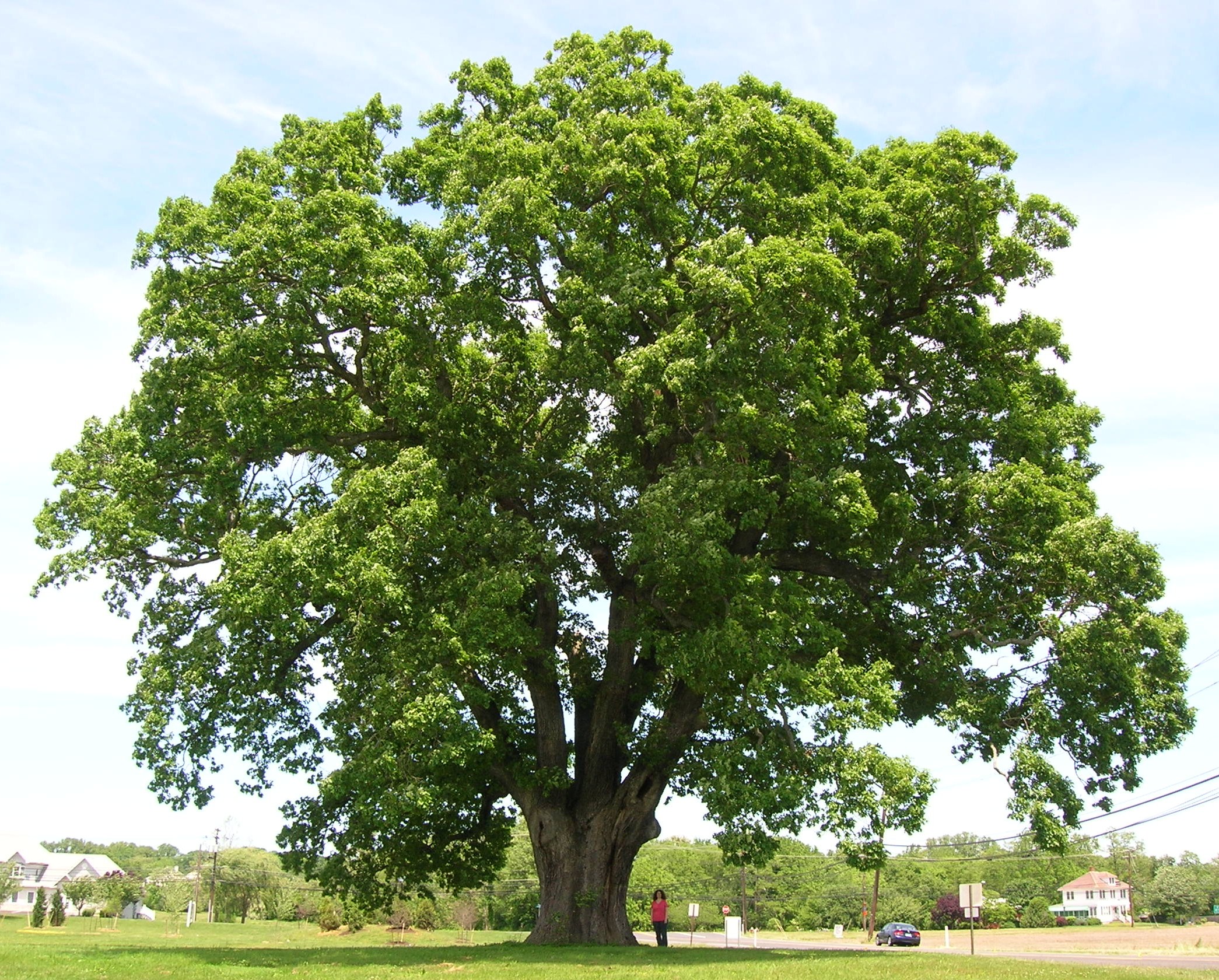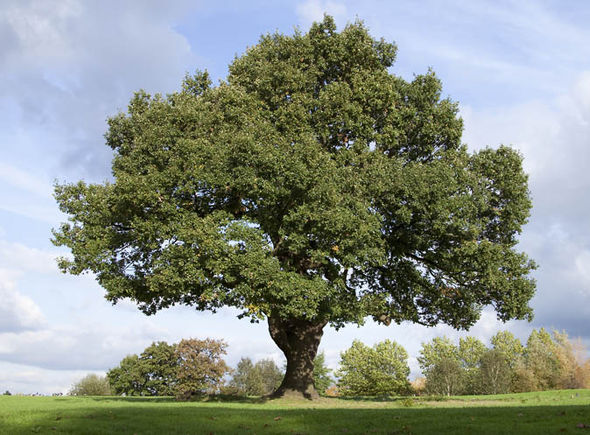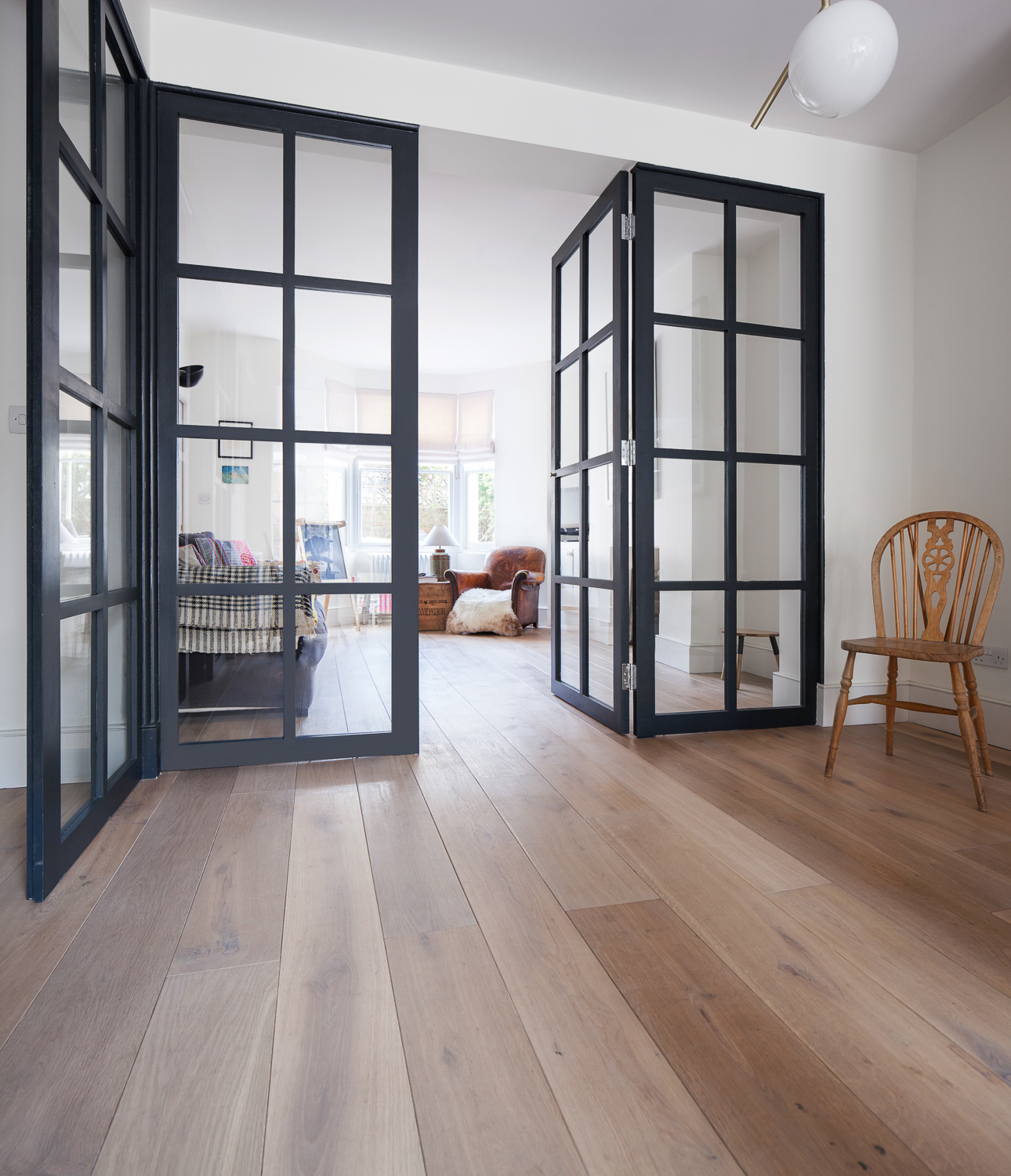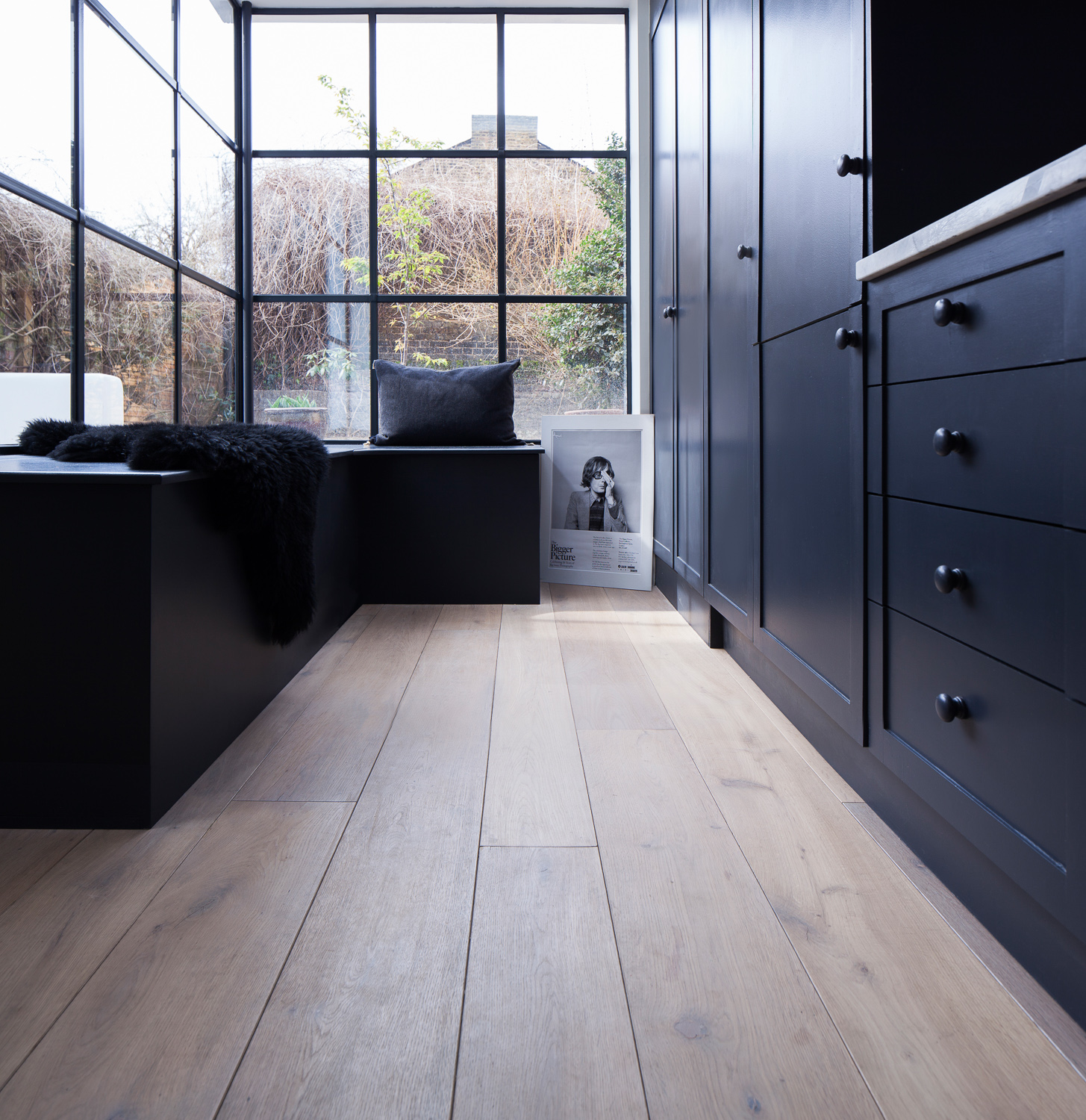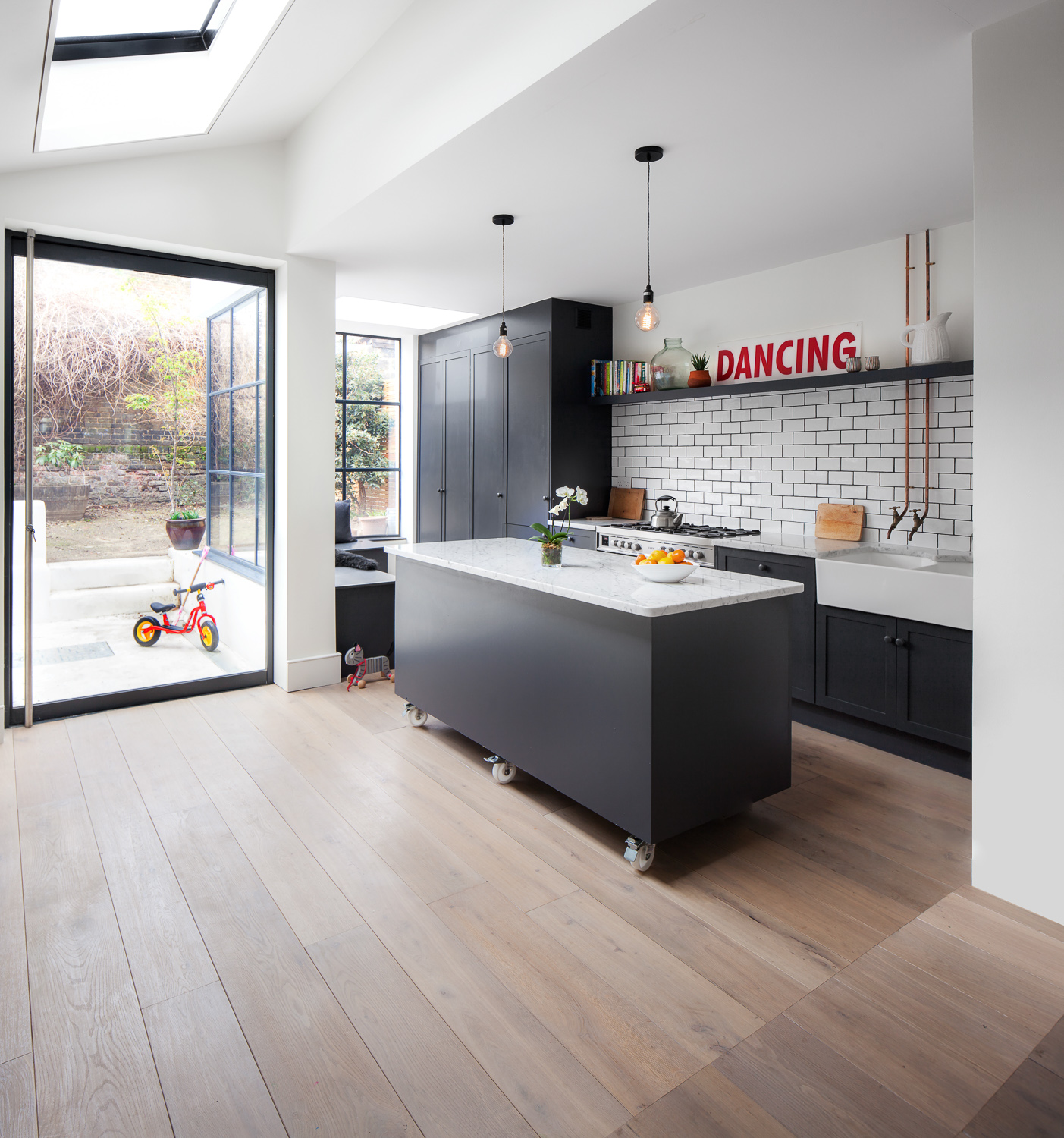
Oak is an incredibly sought-after type of lumber that has been employed in most construction, flooring and furniture projects throughout history. If you’re looking to invest in flooring that will last more than a lifetime, it’s crucial to know which oak best suits your lifestyle and design aspirations.
Both American oak (Quercus Alba) or a European oak (Quercus Petraea) floor are widely utilised in interior design. For this reason, designers and architects who specify wood flooring, veneers or cabinetry on projects are intimately familiar with oak.
When researching options for a new hardwood floor that’s durable, easy to work with and of course has a beautiful appearance, you’ll need to decide between American and European oaks.
Each has distinct characteristics that set them apart, and yet have an impact on how an expanse of flooring looks in a newly refurbished space. Continue reading to discover the key differences between two majestic oak species.
Species and origin:
European oak, is a native of various European countries — most commonly from sustainably managed forests in France, England and Germany.
American oak is a hardwood that’s principally found in Eastern North America. Both species are considered ‘white’ oaks, but American oak also comes in ‘red’ oak.
Colour tone:
Although both come from the same species of tree, European oak generally displays a darker tone with a naturally rich and warm golden-brown colour. Typically, American oak has a pinkish hue with some brown tones to it.
The choice between the two will depend upon the desired aesthetics you are looking to achieve
Strength and movement of boards:
European oak is considered hard, heavy and strong amongst experienced floor layers, meaning it is less likely to expand and contract to a noticeable extent when combined with a strong, engineered core compared to its American counterpart.
This guarantees minimal signs of movement, splits and cracks once the floor is installed.
Due to this strength and durability, it makes European oak a superior choice for flooring, that’s well suited for areas where there is likely to be more moisture, e.g. bathrooms and kitchens.
Grain pattern:
American oak timber is known for its clean, uniform appearance and straighter, subtle grain patterns.
For this reason, the boards work particularly well if you want to create an invariable look with no added character.
European oak tends to present a distinctive variation that contributes to its uniqueness and charm, showcasing varying wavy grain pattern and a display of mysterious ribbon-like marks across the grain known as ‘medullary rays’.
Length, width and thickness of boards:
Because the tree grows taller and the sapwood is wider and thicker than its heartwood compared to the average American oak species, European oak is often used for its longer length and wider floor planks.
If you’re looking for luxuriant aesthetics in a large room, you may want to opt for long and wider planks to achieve the best structural setup.
Conclusion
American and European oak have distinctive characteristics that make them special in their own right. In fact, an oak tree can live for hundreds of year, standing firm against everything nature throws at it.
While both will always be a great option for flooring, European oak boards offer an extra elegance and uniqueness that is likely to last more than a lifetime.
Its strength, durability, colour, and grain pattern makes it that much more desirable. At the end of the day, the type of flooring you choose will depend on personal preference, project type and design aspirations.


